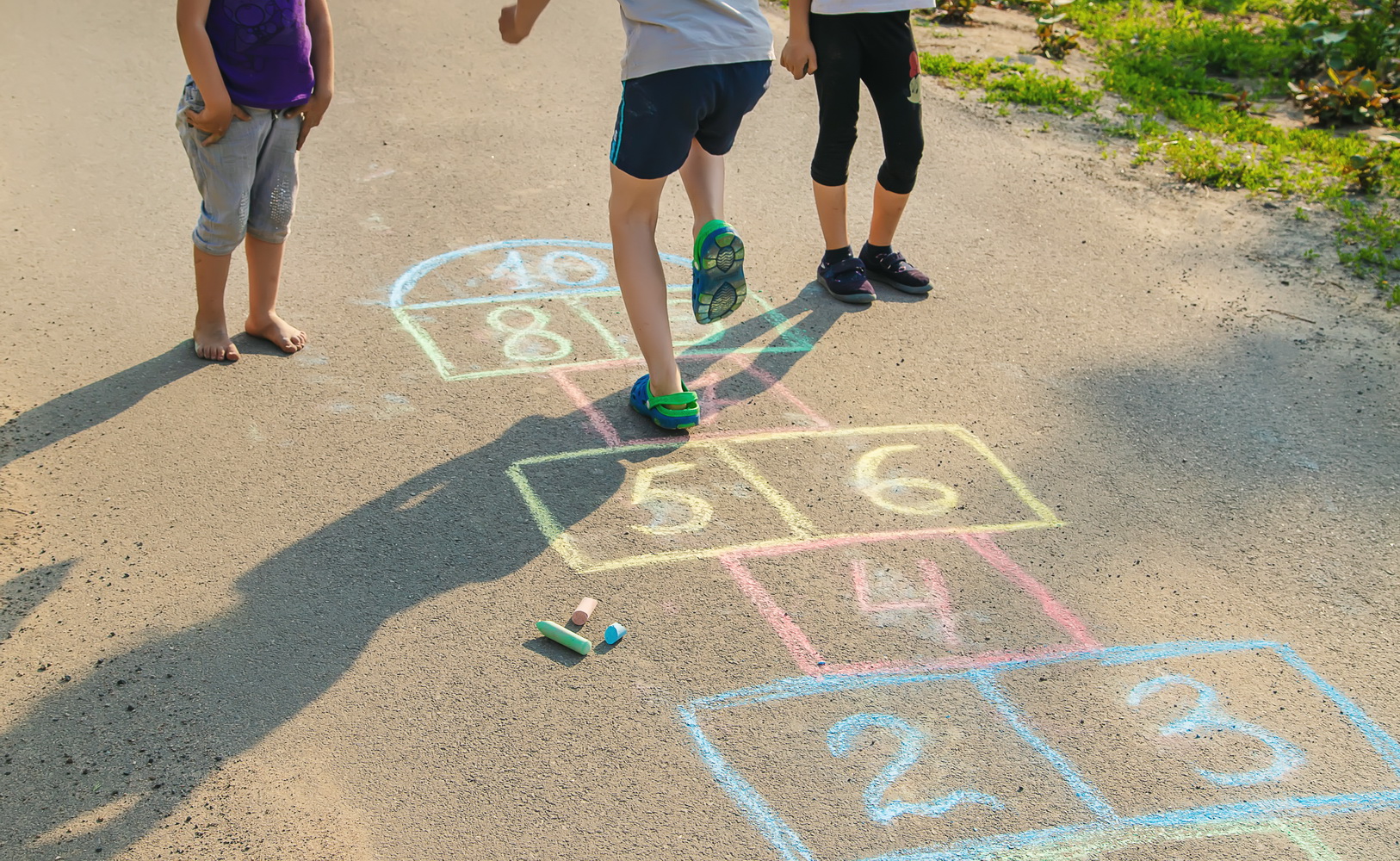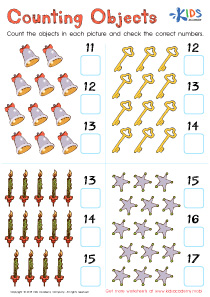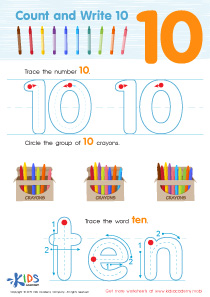Normal Comparing Numbers Worksheets for Ages 4-7
25 filtered results
-
From - To
Discover our engaging Normal Comparing Numbers Worksheets designed specifically for children aged 4-7. These worksheets provide a fun and interactive way for young learners to grasp essential math skills by comparing numbers. With vibrant illustrations and age-appropriate activities, kids will enjoy identifying which numbers are greater, less, or equal, helping to build a strong foundation in early math literacy. Our printable resources promote critical thinking and encourage children to develop confidence in their numerical skills. Perfect for home or classroom use, these worksheets make learning about numbers an enjoyable adventure for every young mathematician! Start exploring today and ignite a love for math!


Recycling - More or Less Worksheet


Comparing Written Numbers Worksheet


Comparing Biodiversity: Rainforest Plants Worksheet


Comparing Biodiversity: Rainforest Animals Worksheet


Engineering a Solution: Comparing Pros and Cons Worksheet


Comparing Causes of Erosion Worksheet


Bodies of Water and Landforms Writing Numbers Worksheet


Place Value: Assessment 3 Worksheet


Comparing Numbers Worksheet for 1st Grade


Comparing Number Representations Worksheet


Compare Length in Inches and Centimeters Worksheet


Compare Length in Centimeters Worksheet


Seashell Collectors Worksheet


Cupcake Day Worksheet


Less Than Worksheet


Greater Than Worksheet


Ten Charts Worksheet


Comparing Numbers: Base Ten Blocks Worksheet


Matching: Classifying Toys by Size Worksheet


Comparing Numbers 1–10 Worksheet Kindergarten


Comparing Numbers Worksheet for Kindergarten


Comparing Numbers Worksheet for 2nd Grade


Fruit and Veggies Worksheet


Pirate Math Printable
Parents and teachers should care about normal comparing numbers for children aged 4-7 because this foundational skill is crucial for developing early mathematical understanding. At this age, children are typically awakening to the concepts of larger and smaller, more and less, and begin to grasp the idea of quantity. Engaging with comparing numbers helps enhance their cognitive abilities, fostering critical thinking as they learn to distinguish between quantities and comprehend numerical relationships.
Comparing numbers also paves the way for more complex math skills in later grades. It reinforces number sense, which is the understanding of numbers and their relationships, enabling children to tackle addition and subtraction confidently as they progress. Additionally, activities related to comparing numbers can empower children’s language development, as they learn to articulate their reasoning and communicate mathematical ideas.
Moreover, recognizing numerical differences in everyday contexts fosters real-life math applications, such as understanding time (which event is longer or shorter), making choices (which snack is greater), and other practical decisions. By focusing on normal comparing numbers, parents and teachers not only create a humorous and inquisitive learning environment but also immerse children in a world where math becomes a natural and enjoyable part of their everyday lives.
 Assign to My Students
Assign to My Students


























